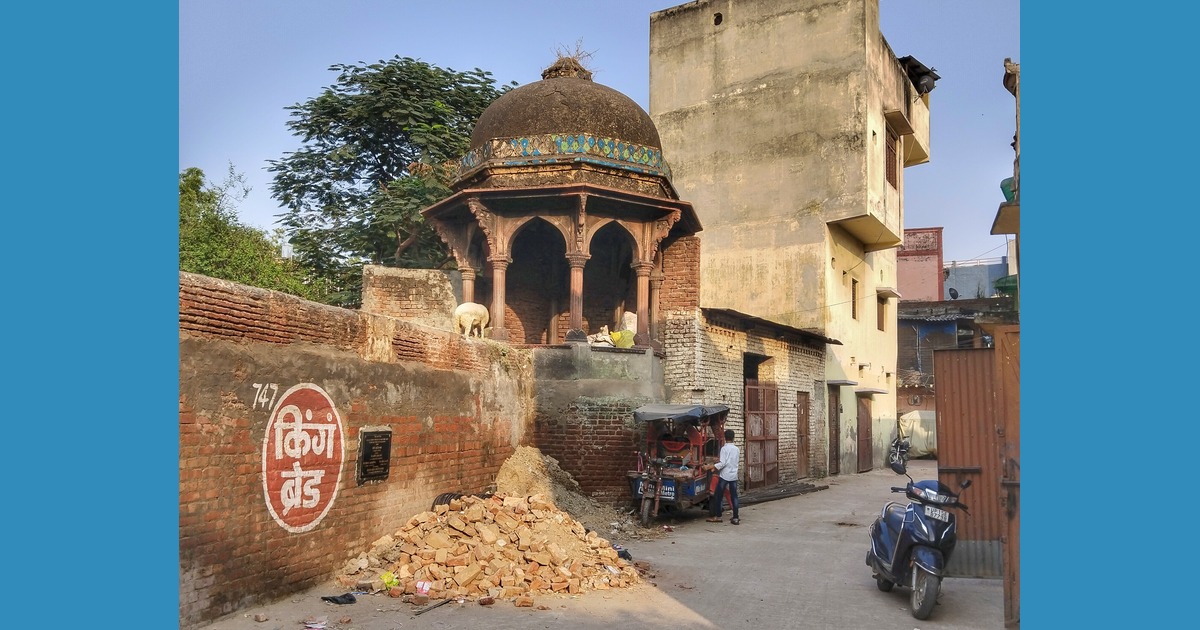
A Journey to the Roof of the World: Scaling Mount Everest
At a staggering height of 29,032 feet (8,849 meters) above sea level, Mount Everest stands as the tallest peak on Earth, beckoning adventurers and thrill-seekers from around the globe. Scaling this majestic mountain is the ultimate test of physical endurance, mental fortitude, and the undefeatable human spirit.
However, Nepal's Kami Rita Sherpa, also known as 'Everest Man', has set a new record by climbing the world's highest peak, known as Sagarmatha in Nepali, for the 29th time. The 54-year-old Sherpa climber and guide has hinted that he doesn't intend to stop with this and hopes to climb the Everest twice as many times.
Let's take a deeper look at what goes into the awe-inspiring experience of scaling Mount Everest.
The Call of Everest
For many, the allure of Mount Everest begins with tales of exploration and conquest by legendary mountaineers like Sir Edmund Hillary and Tenzing Norgay, who first reached its summit in 1953. Since then, thousands have followed in their footsteps, drawn by the challenge of conquering the world's highest peak.
The Journey Begins: Preparation and Training
Scaling Mount Everest is not for the faint of heart. Months, or even years, of rigorous training and preparation are required to tackle the physical and mental demands of the climb. Aspiring climbers must be in peak physical condition, with a combination of cardiovascular endurance, strength, and agility.
Training typically includes cardiovascular exercises such as running, hiking with heavy packs, and high-altitude training to acclimatize the body to low oxygen levels. Strength training and flexibility exercises are also crucial for navigating the treacherous terrain and overcoming obstacles along the way.
Choosing the Right Route
There are several routes to the summit of Mount Everest, each with its own challenges and characteristics. The two most popular routes are the South Col Route from Nepal and the Northeast Ridge Route from Tibet. The South Col Route is known for its high success rate but also sees heavier traffic, while the Northeast Ridge Route offers a more technical and less crowded alternative.
The Climb: A Test of Endurance and Resilience
The journey to the summit of Mount Everest typically begins in the bustling city of Kathmandu, Nepal, where climbers gather to finalize preparations and obtain permits. From there, they embark on a multi-week trek through the breathtaking landscapes of the Khumbu region, passing through picturesque villages and ancient monasteries along the way.
As climbers ascend higher into the thin air of the Himalayas, each step becomes more challenging than the last. Altitude sickness, extreme weather, and avalanches are constant threats, requiring climbers to exercise caution and make careful decisions to ensure their safety.
The Final Push: Summit Day
Summit day is the culmination of weeks of preparation and hard work. Climbers wake before dawn, don their cold-weather gear, and set out for the final push to the top. The air is thin, the temperatures are freezing, and the wind can be relentless, but the goal remains clear: to reach the summit of the world's highest peak.
The final stretch to the summit is known as the "death zone," where the air is so thin that the body begins to deteriorate rapidly. Climbers must move slowly and deliberately, conserving energy and oxygen as they navigate steep inclines and treacherous crevasses.
The Summit: A Moment of Triumph and Reflection
Reaching the summit of Mount Everest is an unparalleled achievement, a moment of triumph that few will ever experience. As climbers stand atop the world, surrounded by breathtaking views of the Himalayas stretching to the horizon, they are filled with a sense of awe and accomplishment that words cannot describe.
But amidst the celebrations and photographs, there is also a profound sense of humility and reverence for the mountain itself. Mount Everest is a place of unparalleled beauty and danger, a reminder of the raw power of nature and the limits of human endurance.
The Descent: Returning Safely to Base Camp
After basking in the glory of the summit, climbers must turn their attention to the equally challenging task of descending safely back to base camp. The descent can be just as perilous as the ascent, with tired muscles, changing weather conditions, and the ever-present threat of avalanches adding to the difficulty.
But with careful planning and teamwork, climbers navigate their way down the mountain, taking each step with caution and determination. And when they finally arrive back at base camp, exhausted but exhilarated, they are greeted with cheers and congratulations from fellow climbers, guides, and support staff.
A Journey of a Lifetime
Scaling Mount Everest is not just a physical feat, but a journey of self-discovery and personal growth. It requires courage, perseverance, and an unwavering commitment to achieving the seemingly impossible. But for those who are willing to take on the challenge, the rewards are beyond measure – a sense of accomplishment that will last a lifetime, and memories that will be cherished forever.
As the sun sets on another day in the Himalayas, we are reminded of the timeless allure of Mount Everest, a beacon of hope and inspiration for adventurers everywhere.
Popular Categories
Read More Articles
Travel and Tourism
Meerut’s vanishing heritage: Why its mughal treasures are crumbling away by Mohammed M. Raza November 19, 2025Business
Hafele Valeriya Dishwasher: The New Standard in Kitchen Hygiene by Awadh 360° Desk November 14, 2025Entertainment
Banaras gave me the notes, Bhatkhande polished them: Bhojpuri singer Sarita Tiwari by Awadh 360° Desk November 10, 2025Travel and Tourism
Statue of Unity Sets New Tourist Footfall Record as PM Modi Hails Vallabhbhai Patel's Legacy by Awadh 360° Desk October 31, 2025



